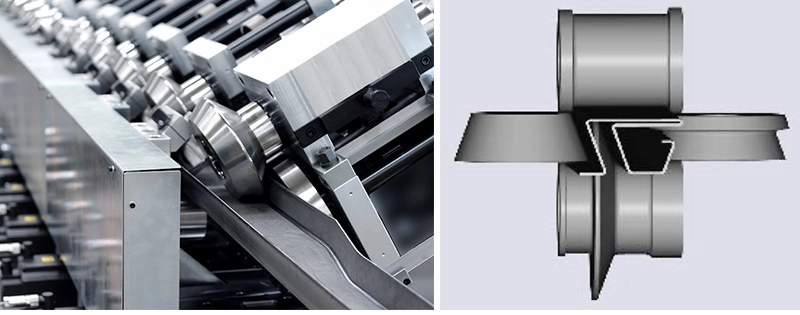Navigation Menu
Contact Us
- Email:
- info@wxavatar.com
- Address:
- Yurong Village, Yuqi Street, Huishan District, Wuxi, China.
Release Date:Jan 13, 2025 Visit:42 Source:ROLL FORMING MACHINES LTD
Roll forming is a continuous process that converts sheet metal to an engineered shape using successive sets of paired rolls, each making only incremental changes to the shape. The sum of these small changes in shape creates a complex profile.
Forming Process
In conventional stamping, the entire part is formed simultaneously. Part shape, especially its complexity, is limited when the forming strain exceeds the strain that the metal can achieve before splitting. In roll-formed parts, each station applies only a small amount of forming strain to the part, and even here, only a small portion is bent at any given time. Therefore, more complex shapes can be achieved with a properly designed roll-forming process.
During the forming process, a coil or long strip passes through a roll-forming line, which converts the flat sheet into a contoured cross-sectional profile. The unique feature of this method is the use of successive forming stations, each of which pushes the metal toward the desired shape. Based on the target profile, a computer calculates the optimal position and shape of the rollers for maximum efficiency and designs the track. The more advanced the desired shape, the more rollers the material passes through. Roll-forming lines can bend metal, form metal into tubes, create metal maze-like structures, and punch holes in the metal in the process.
